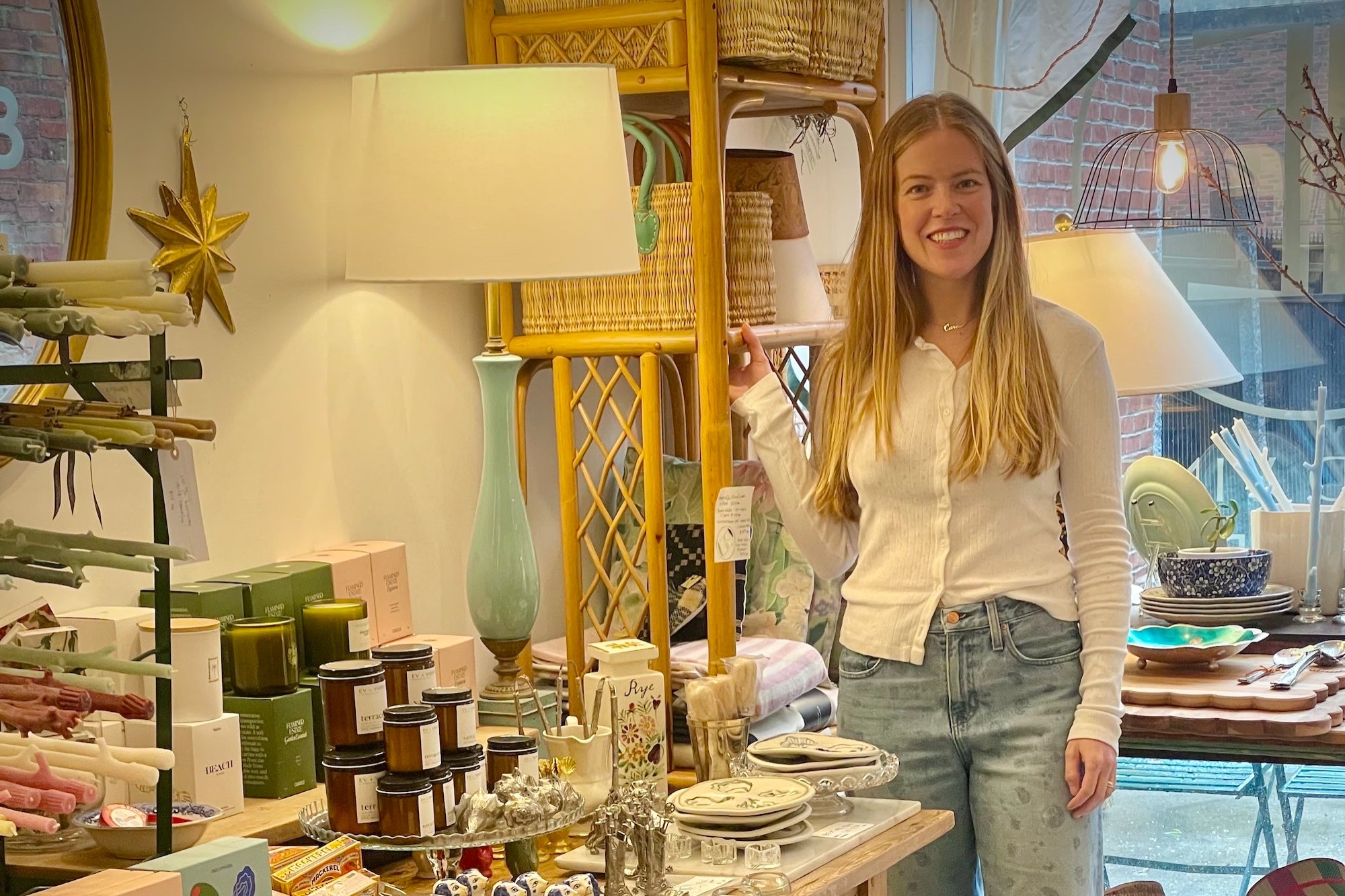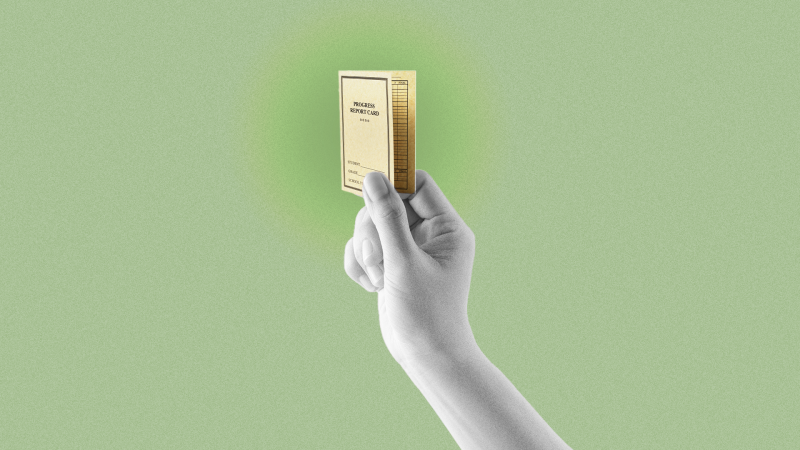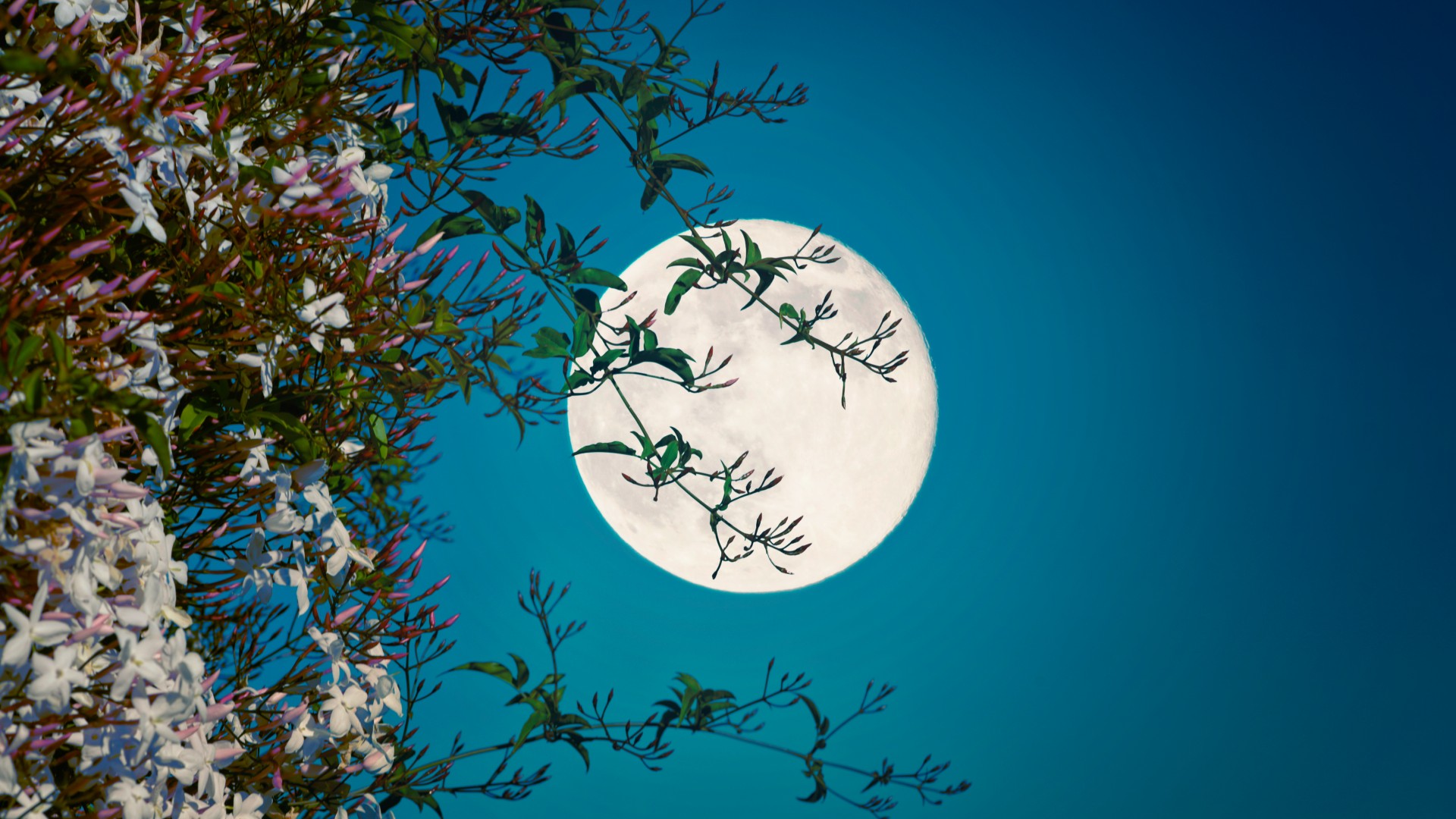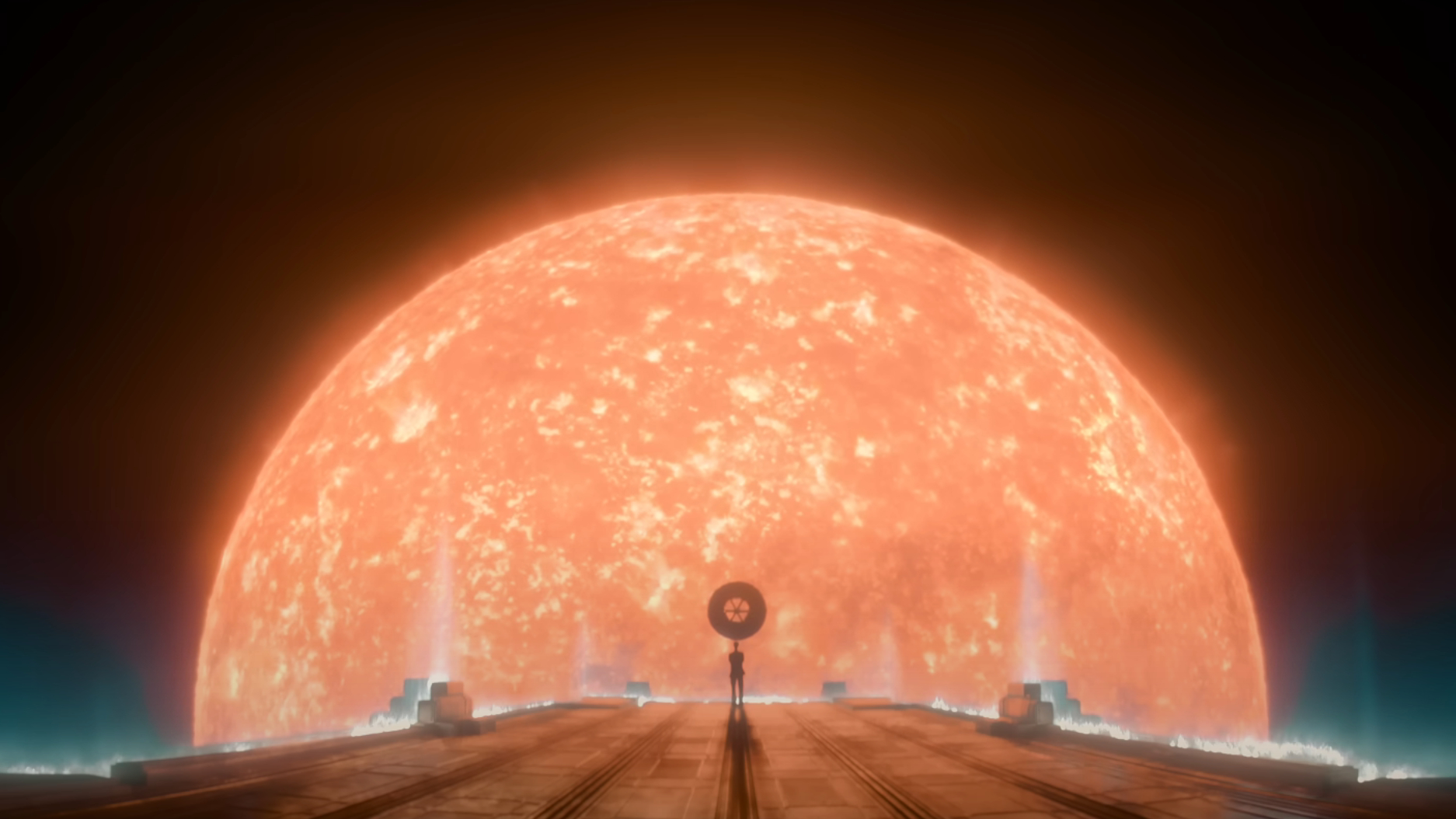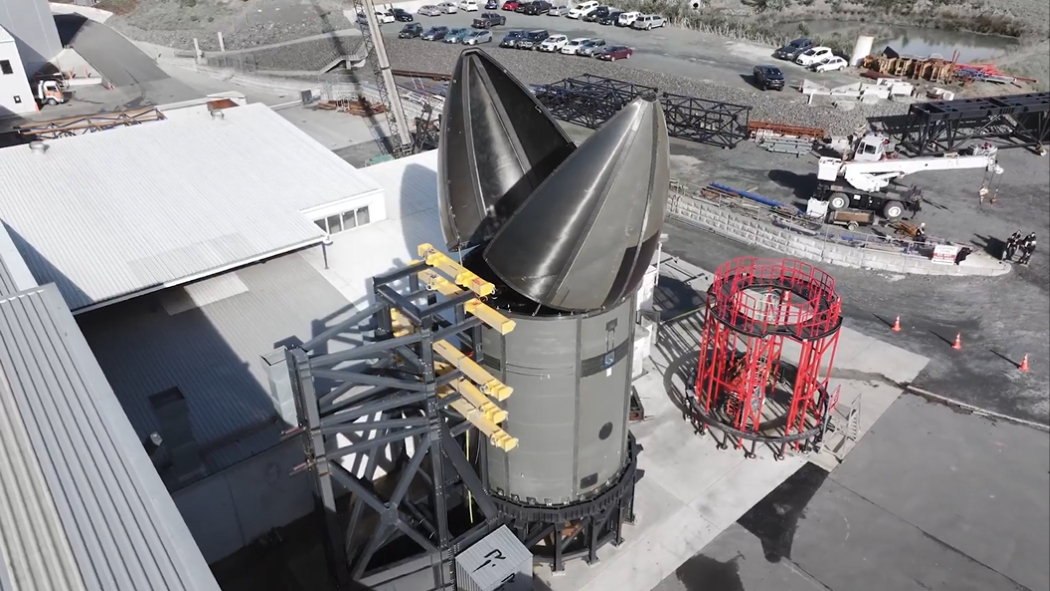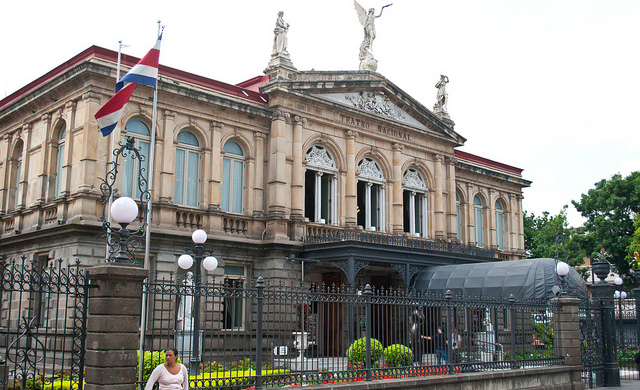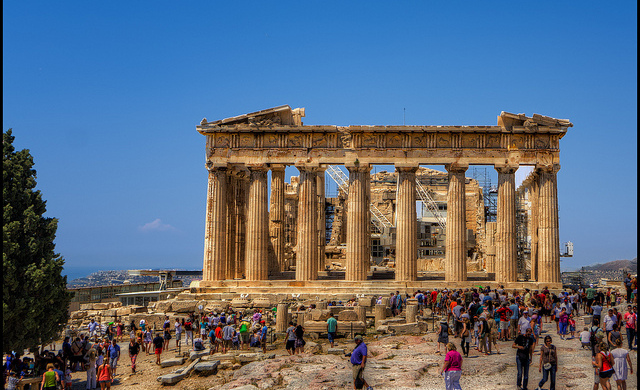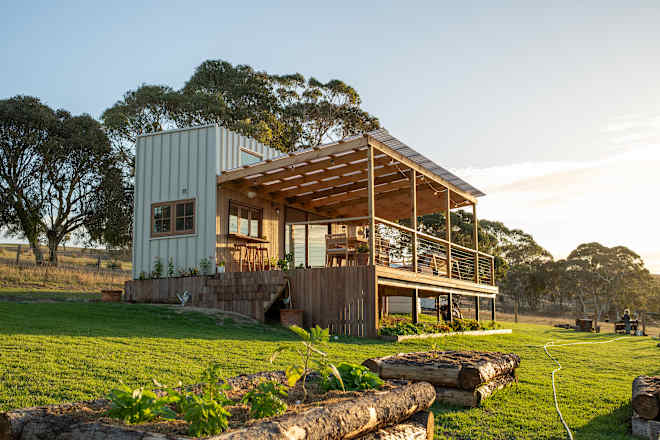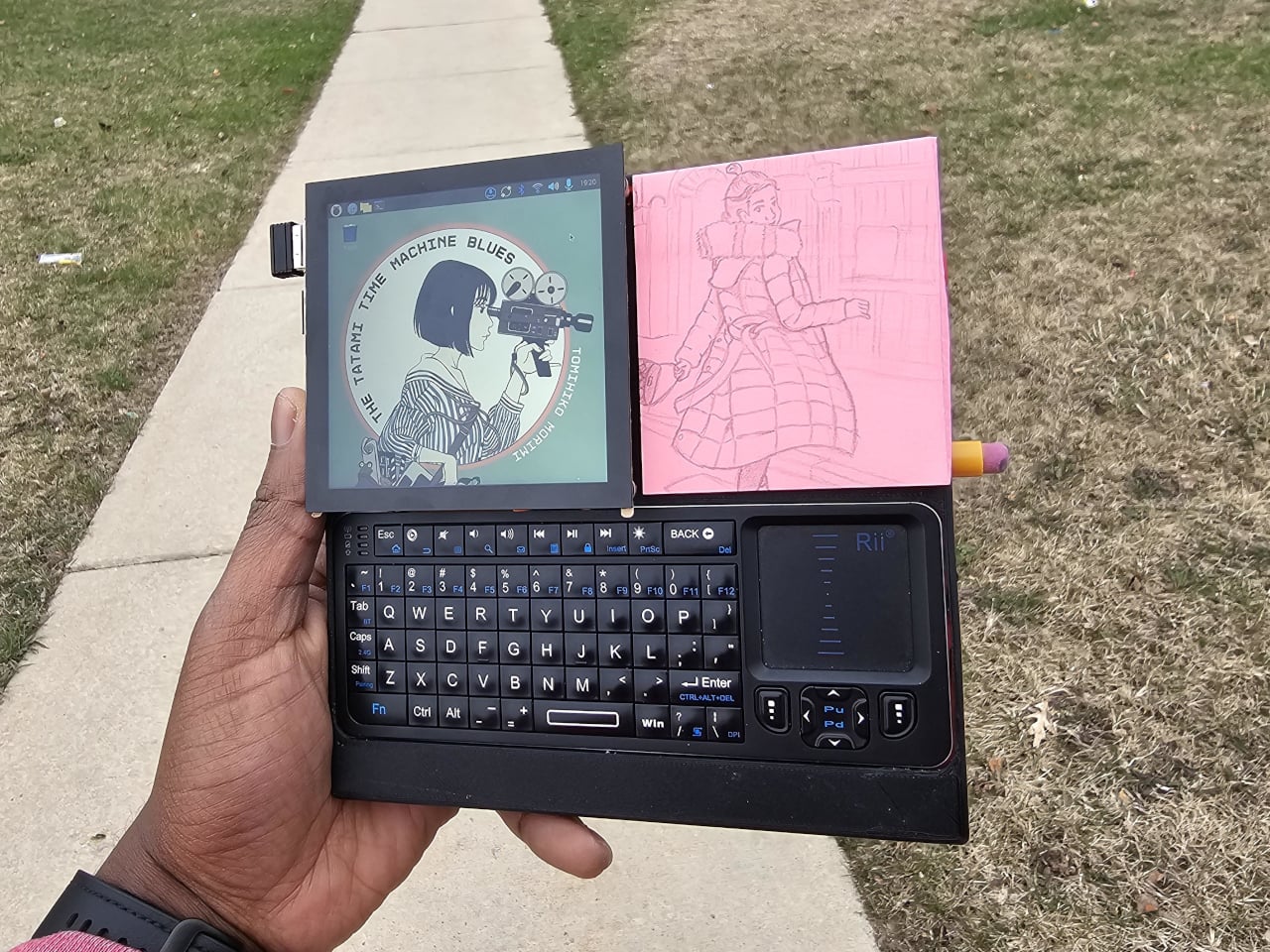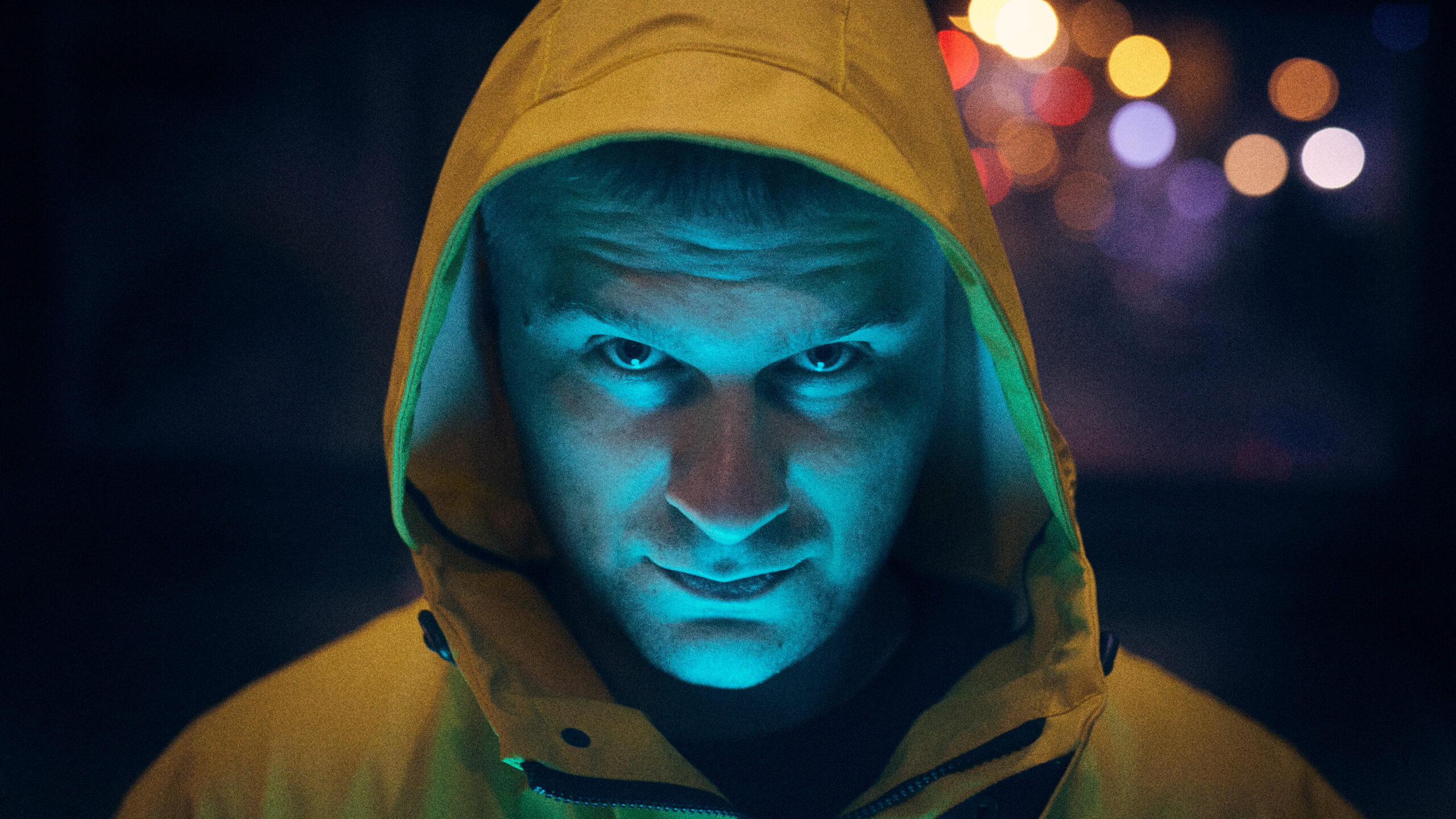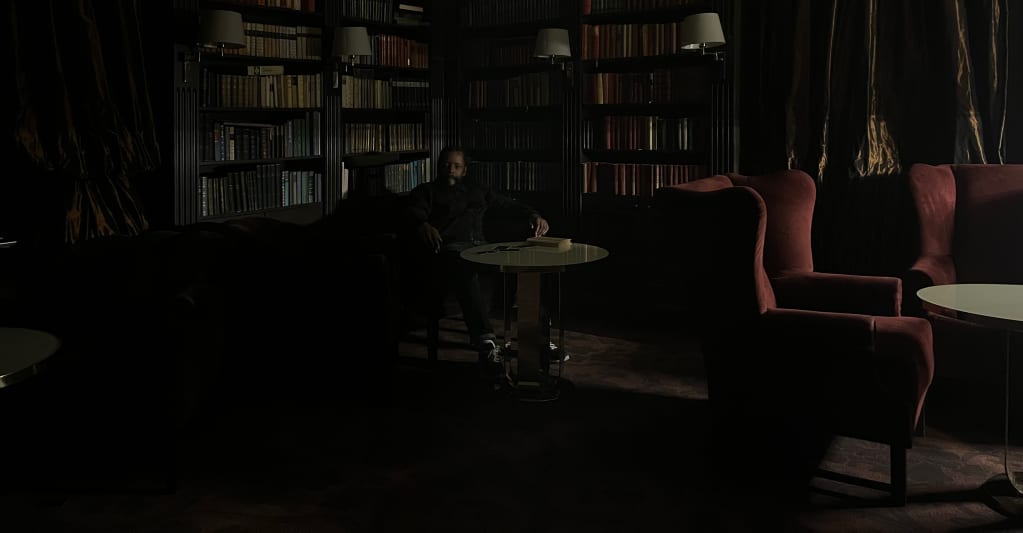I started backpacking in Southeast Asia 30 years ago. It was better before smartphones and social media.
He started in the '90s and says that back then independent travel was a shared experience among a loose community of fellow backpackers.
Lester V. Ledesma
- Lester V. Ledesma, 50, started backpacking across Southeast Asia in the '90s and never stopped.
- He says that back then, travelers were able to let curiosity, not the internet, lead the way.
- These days, he says smartphones and social media make it harder to connect with locals and discover places on your own.
I began traveling across Southeast Asia in the late '90s. After college, with just a backpack, a camera, and a sense of adventure, I set out to explore the Philippines — my country of birth.
That early journey sparked my career as a travel writer and photographer and led me to move to Singapore a few years later, where the rest of the region was just a flight away from Changi Airport.
Since then, I've collected travel stories that range from simple to sublime and downright strange. Lester V. Ledesma
In my 20s, during my first trip to Cambodia, I spent a hilarious evening of "cultural exchange" with a group of tuk-tuk drivers — we taught each other the harshest cuss words that our native languages had to offer.
A decade later, during the Thingyan Festival — Myanmar's New Year celebration — I found myself on a trishaw as it rode through a gauntlet of cheering, cross-dressing revelers who drenched me with water hoses and planted playful, hairy kisses on my cheeks. Lester V. Ledesma
The following year in Bali, I stood in the middle of a perang api — a ritual fire war between groups of villagers who hurled glowing hunks of coal at each other.
None of those adventures had been inspired by a TikTok, and I hadn't been led there using GPS on my phone.
Back then, backpacking involved hands-on research — often lugging around a thick copy of "Lonely Planet." I had to make landline phone calls or write emails at internet cafés to reserve rooms. Flights were more expensive, so I often got around by commuting overland (or sea, as the case may be).
I was on the road so much that I would often arrive at a destination without any plans or bookings.
These days, backpacking's a breeze with everything online — Google Maps shows us where to go, and sites like Expedia and Booking.com let us plan every detail beforehand. It's all super convenient — maybe too convenient.
As a salty old road warrior, I'd say we've lost something in this hyper-connected, instant-gratification era. Backpacking in Southeast Asia just isn't what it used to be. Here's what we're missing.
The gains of serendipity
Lester V. Ledesma
Getting lost to find oneself was part of why backpacking was so much fun. But with navigation apps now available on everyone's phone, does anyone still ever really get lost?
Transformative travel is no longer the norm these days, replaced by must-see, must-eat, and must-do lists that bombard our social media feeds. Indeed, looking at long lines of people waiting to take the exact same photo at so-called selfie spots, you'd think the whole point of traveling is to feed the all-important 'Gram.
For all their game-changing functionality, Google Maps and Street View have diminished the joys of discovery on even the simplest neighborhood walks.
My journeys back then felt raw and unfiltered. Since the world was still largely offline, we old-school backpackers let our curiosity (and our printed maps) show us the way.
Connecting with the locals
Lester V. Ledesma
There are plenty of crowd-sourced and influencer-approved travel tips on your phone, and they often guarantee the same experience as everyone else.
Of course, some would say that's a modern blessing — especially if you have FOMO — but there's nothing like a touch of kindness from a friendly local to make an experience unique.
Over the years, I've shared impromptu meals, received generous rides, witnessed proud displays of skill, and even been welcomed into intimate occasions. It was all because I dared to reach out and engage with the locals.
The cold efficiency of online booking, navigation, and even ride-hailing apps has lessened the opportunities to make meaningful connections. I remember when all it took me was a smile and a curious question to break the ice. Lester V. Ledesma
Getting away from it all
In this day and age, we can still travel solo, but constant connectivity means that we are never alone. Not too long ago, backpacking was all about immersion in a place, and oftentimes, it was easy to just fall off the grid.
Nowadays, travelers are more likely to update their Facebook, Instagram, or TikTok accounts in real time than keep a handwritten journal.
There are also those amusing vloggers who walk around while talking to their streaming, selfie stick-mounted phones. Despite some travelers being physically far from everyone and everything we know, our cellphones are always pinging with text messages, emails, and social media updates.
Being part of a community
Lester V. Ledesma
Once upon a time, independent travel was a shared experience among a loose community of fellow backpackers. We'd cross paths on the road, and then later meet up in traveler hubs like Bangkok's Khao San Road or Saigon's Pham Ngu Lao Street. Here we would swap travel stories over cheap beer, and trade dog-eared guidebooks at secondhand bookshops.
Occasionally, we'd leave messages for newfound friends at guesthouse bulletin boards, before pushing onward to the next destination. Formerly a source of so much camaraderie, this IRL culture has largely dissolved into the realm of social media.
These days, we might find our travel friends online, but the things that drove our journeys back then — a sense of adventure, a willingness to connect, and curiosity about different cultures — are values today's generation of net-savvy, card-carrying travelers seem to be missing out on.








